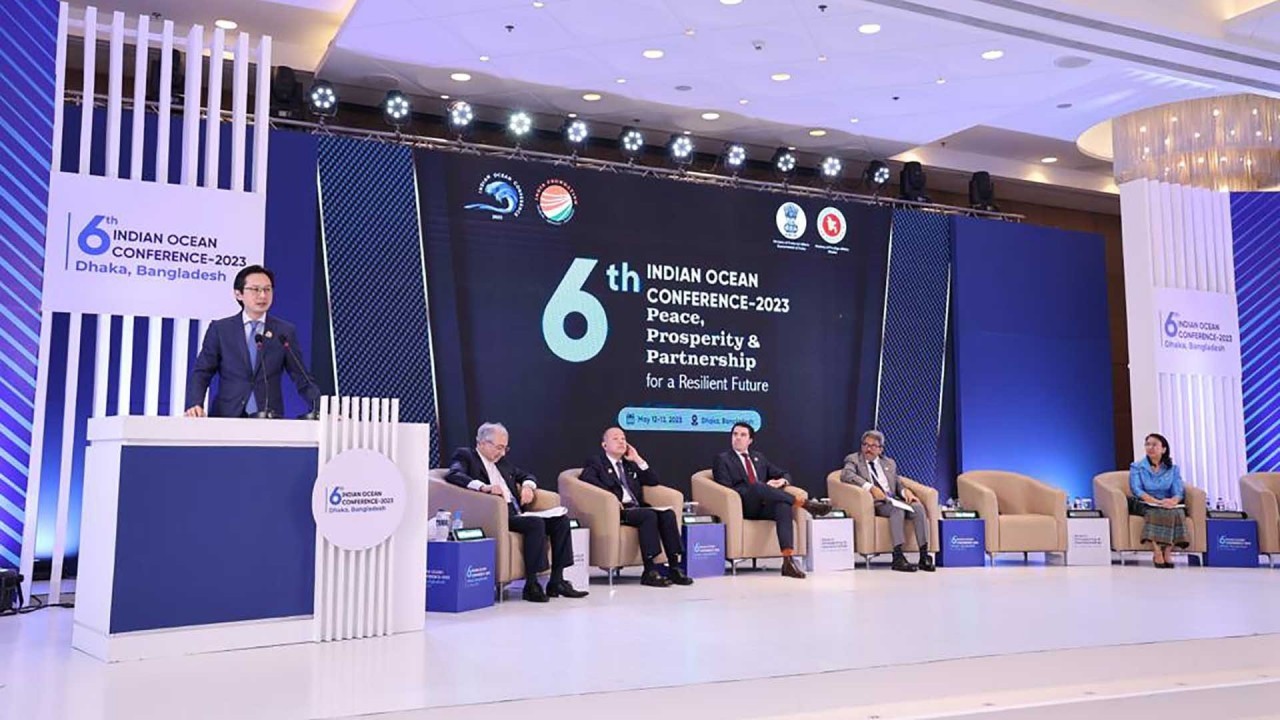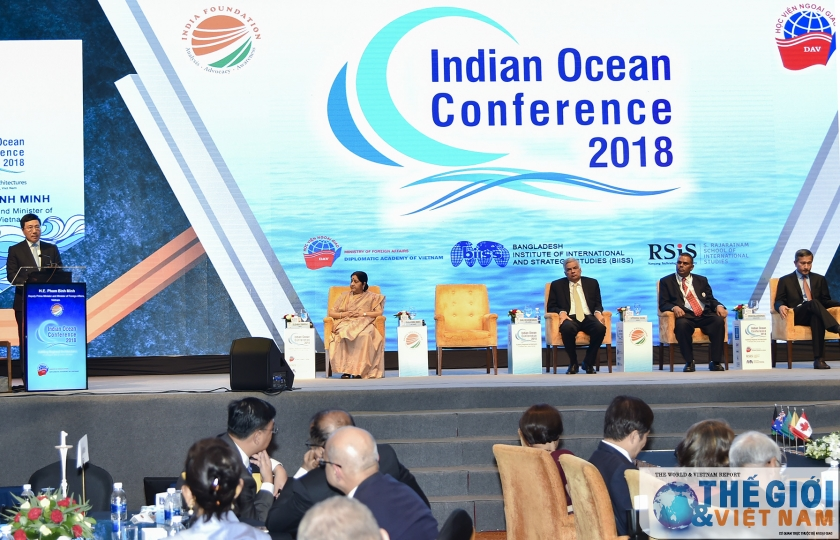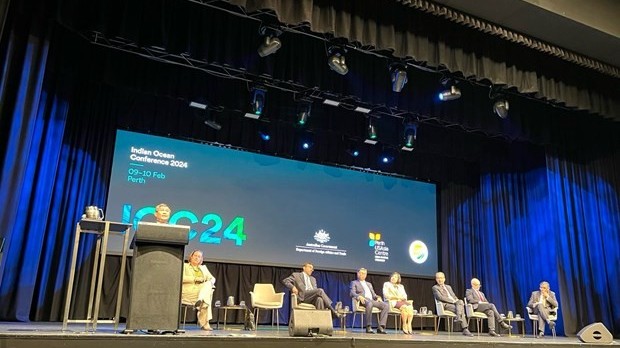
Indian Ocean Conference focus on building regional architecture
Latest
| TIN LIÊN QUAN | |
| Indian Ocean Conference to bolster strategic cooperation | |
| Vietnam, Sri Lanka look towards beyond US$1 billion trade target | |
The two-day event, themed “Building Regional Architecture,” focused on emerging regional architecture and promoting cooperation between stakeholder countries in the region in building trust, respecting international law and settling disputes in a peaceful manner, as well as maritime management and handling non-traditional threats.
In their speeches at the opening session, Vietnamese Deputy Prime Minister and Foreign Minister Pham Binh Minh as well as senior officials from Sri Lanka, India and Singapore shared their viewpoints on the significance of building an inclusive, rule-based regional architecture with the central role of ASEAN on the basis of respecting independence, sovereignty and creating favourable conditions for the building of trust.
Indian Minister of External Affairs Sushma Swaraj stressed the Indian Ocean region, with its ancient civilisations and dynamic economies, is at the centre of “the free and inclusive Indo-Pacific.”
She also agreed on the centrality of ASEAN in the regional maritime structure, in maritime peace, security and freedom of navigation, while calling to mind threats that could undermine governance and security in the region, including piracy, smuggling, and naval competition.
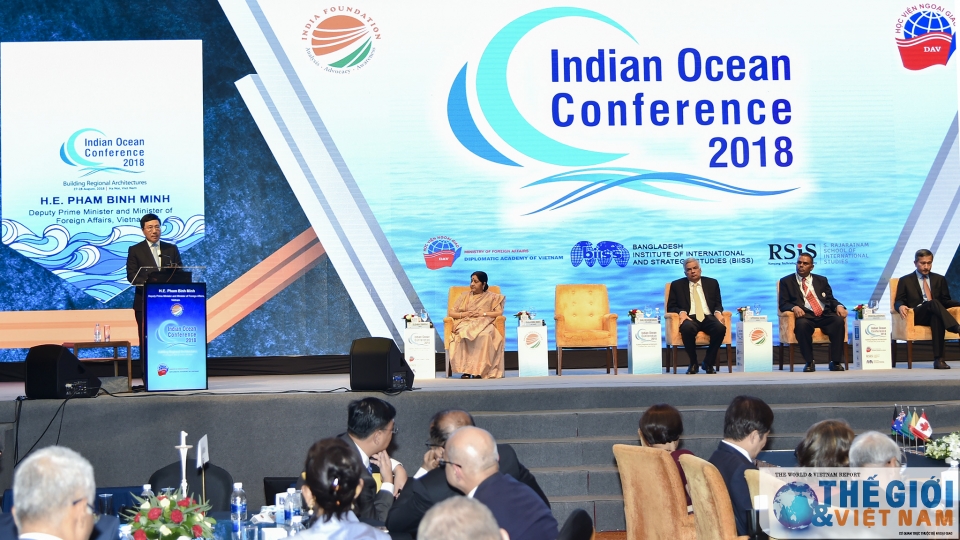 |
| Vietnamese Deputy Prime Minister and Foreign Minister Pham Binh Minh gave a speech at the Indian Ocean Conference 2018. (Photo: Tuan Anh) |
Vietnamese Deputy Prime Minister and Foreign Minister Pham Binh Minh stressed the emergence of the Indo-Asian-Pacific as a unified entity.
He said that the conference, aiming at envisioning viable forms of regional architecture, augurs well for future cooperation, against the backdrops of growing anti-globalisation, extremism and nationalism.
“The heightened level of exchanges in economic, political and cultural areas is the new driver propelling the Asian century to become the Indo-Asian-Pacific century,” Minh said.
He cautioned that constructing any Indo-Asian-Pacific regional architecture is a “complex undertaking” and that to contribute to peace, security and prosperity in the region, countries need to embody “four fundamental elements” – inclusivity; respect for international law, freedom of navigation and uninhibited trade flow; ASEAN’s centrality; respect for nations’ sovereignty and independence.
The Vietnamese foreign minister said that for any project within the wide range of co-operation initiatives recently seen – the Regional Comprehensive Economic Partnership (RCEP), India’s Act East, China’s Belt and Road initiative or Japan-US initiative Indo-Pacific – must be “based on the supremacy of international law, respect for self-determination of the nation.”
In his remarks, Singaporean Foreign Minister Vivian Balakrishnan emphasised the importance of “maritime advantage” where the seas continue to be the most vital trade route, offering free point-to-point travel with little obstruction.
Up to 80 percent of global trade volume and 70 percent the total revenues of goods pass are transported by sea, he said, with most of the routes going through the Indian Ocean, which links prime economies in the North Atlantic littoral with Asia-Pacific region.
Singapore welcomes regional cooperation, but stressed inter-dependence within ASEAN and how win-win outcomes for all can be achieved even with many world powers competing for dominance, the official said. “We gain more by working together, investing in one another and by trading with one another, because the opposite scenario is to divide the world into rival blocs, insist on narrow independence, engage in zero sum competition and become puppets of proxy wars,” he said.
Similarly, Sri Lankan Prime Minister Ranil Wickremesinghe expressed his conviction that the Indian Ocean is the ocean of the future, where it will be the world’s maritime super highway, and stressed that multilateralism should push for inclusiveness instead of divisiveness.
The conference, which opened in Vietnam after the previous two were held in Singapore and Sri Lanka in 2016 and 2017, respectively, is evident of the growing ties between New Delhi and Ha Noi and the position of Vietnam in the US-led Indo-Pacific initiative.
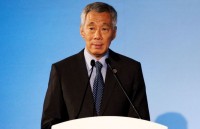 | Singapore calls for strengthened ASEAN-centred regional architecture Members of the Association of Southeast Asian Nations (ASEAN) must continue to enhance the open, inclusive and ASEAN-centred regional architecture, Singaporean Prime Minister Lee Hsien ... |
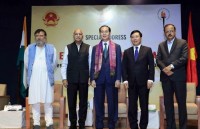 | President highlights Indian Ocean-Asia-the Pacific development space Vietnamese President Tran Dai Quang highlighted the formation of new security and development space linking Indian Ocean, Asia and the Pacific with closer economic, political ... |
 | Cooperation needed to manage potential conflict in East Sea: seminar The Indonesian Foreign Ministry and the Centre of Southeast Asian Studies opened a seminar in Indonesia on November 16, focusing discussions on managing potential conflict ... |




